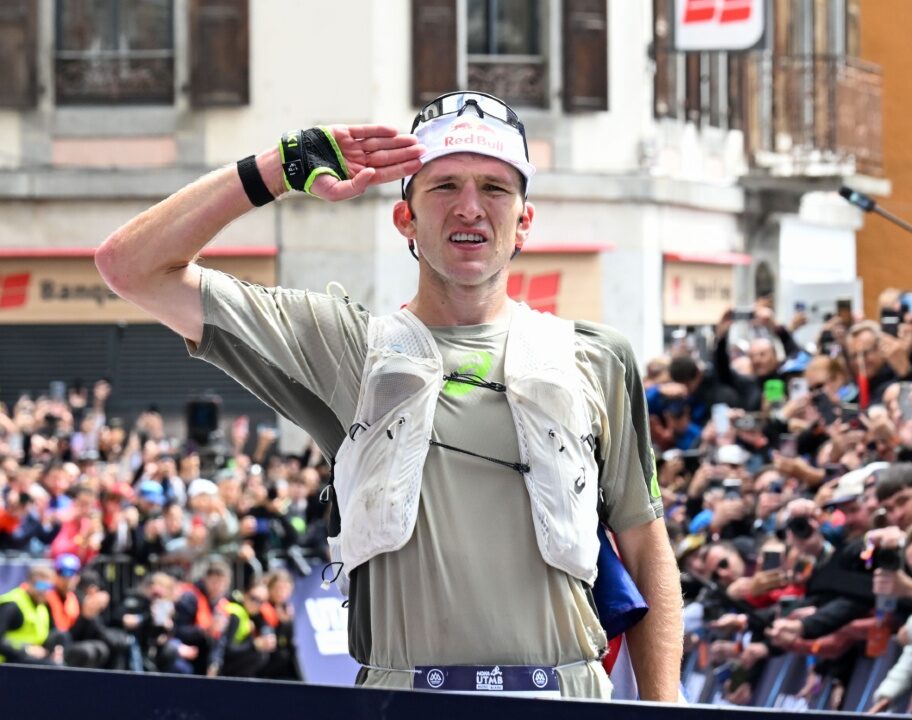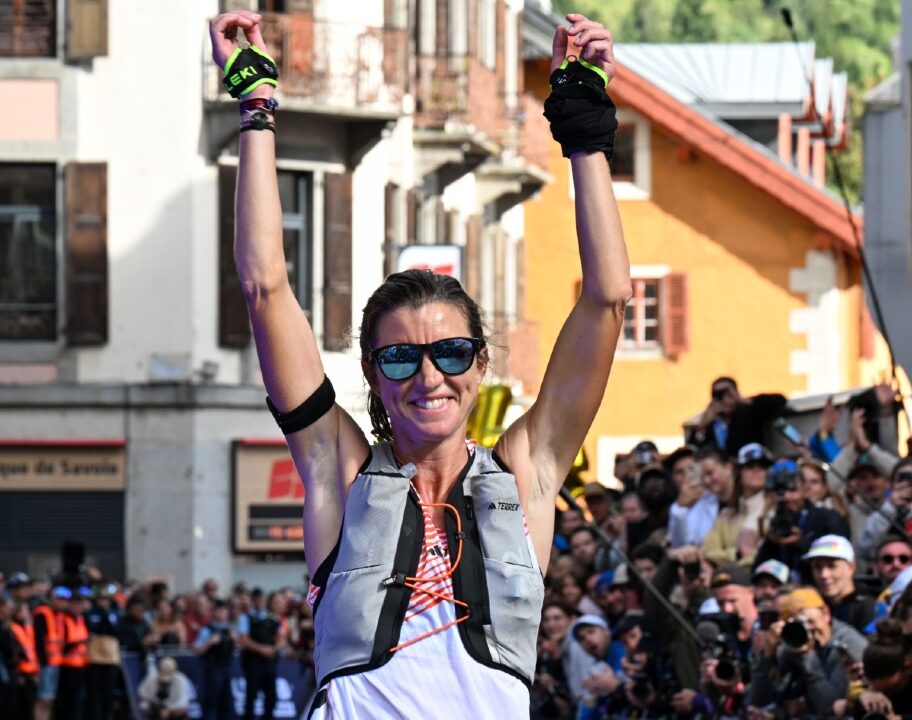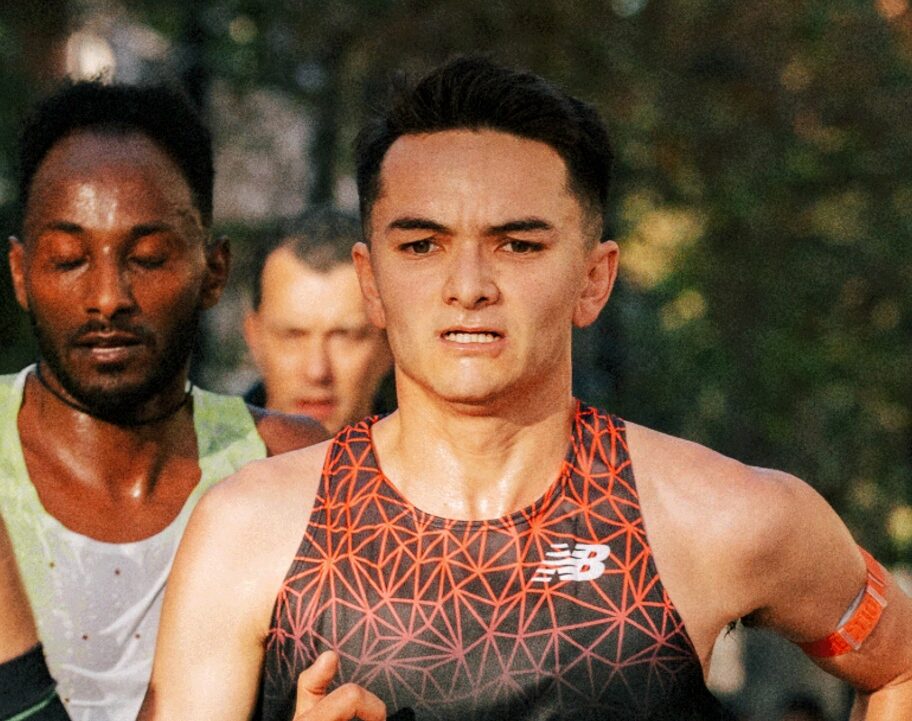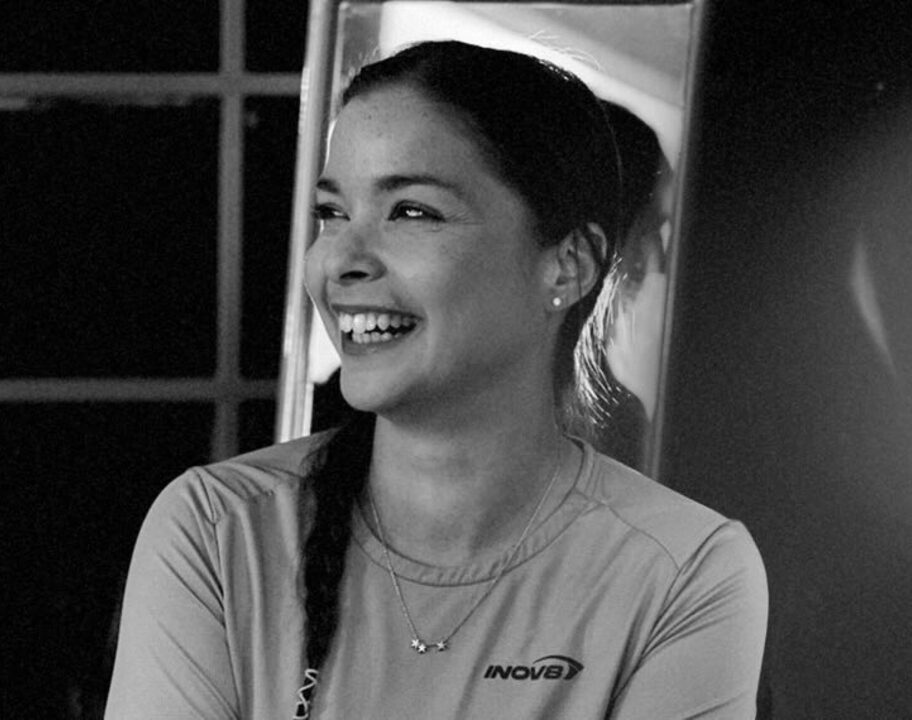The Boston Marathon is often seen as the pinnacle of the 26.2 mile distance. Because not only is it the world’s oldest annual marathon, and one of the 7 Marathon Majors. It’s also highly exclusive – with almost all runners only able to gain a place on the start line by running a competitive qualifying time. And it’s because of this combination of tradition, history and exclusivity that running the Boston Marathon sits firmly at the top of many marathoners bucket list.
Take a deep dive into the history of the iconic Boston Marathon, including notable events in its 129-year heritage and the current course records.
Boston Marathon history
The first ever Boston Marathon took place in 1897. Boston Athletics Association member, and the inaugural US Olympic Team Manager – John Graham – had returned from the Athens Olympics inspired to organise a marathon in Boston. Together with local businessman Herbert Holton, the first Boston Marathon was set in motion. The distance was 24.5 miles, with a point-to-point route from Metcalf’s Mill in Ashland to the Irvington Oval. 15 men took to the start line, and John McDermott was victorious with a time of 2:55:10.
The oldest annual marathon
The Boston Marathon has taken place almost every single year since its inception in 1897. Making it the longest standing continual road marathon. In fact, there are only 2 years so far out of the race’s history where it hasn’t taken place. The first was 1918, due to World War 1. A 10-man military relay was held instead – with the winning team completing it in 2:24:53.
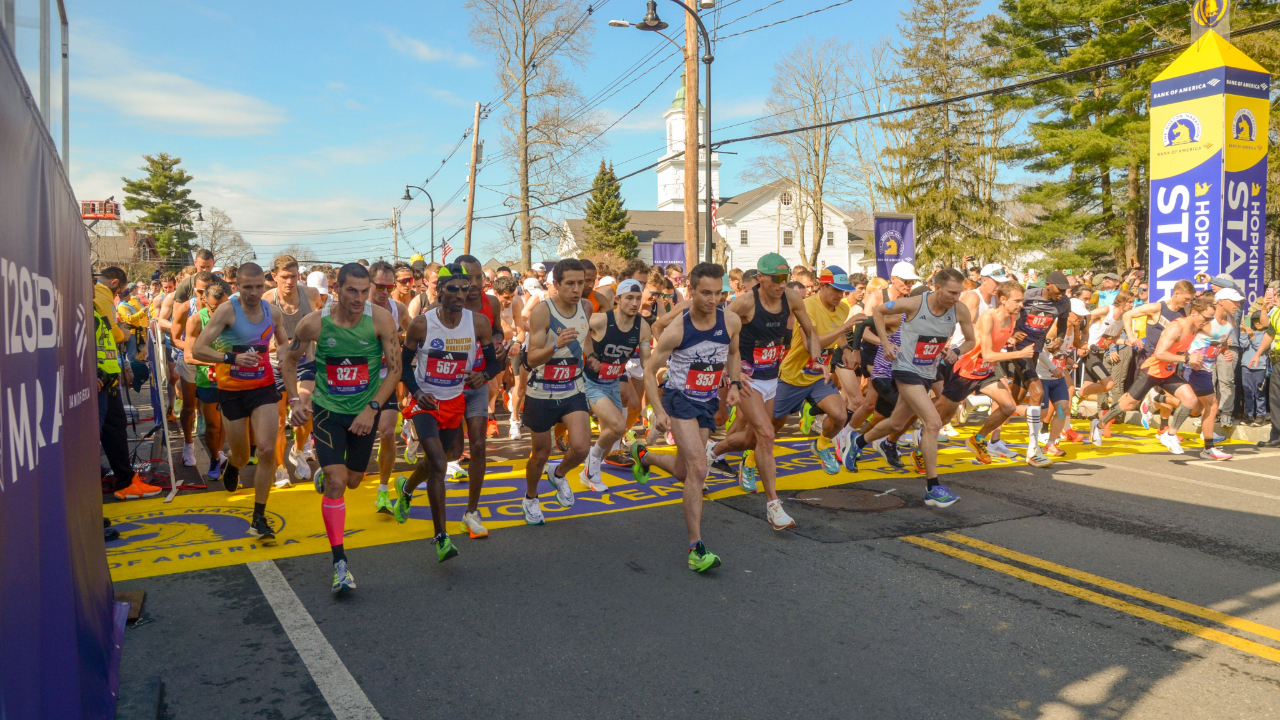
The second cancellation of the Boston Marathon was in 2020, as a result of the Covid-19 pandemic. Initially, the marathon was postponed to later that year. But as lock downs forced the world to stay indoors and stay apart, it was eventually cancelled and a virtual version implemented instead.
The 26.2 mile distance as we know it today was implemented in 1924. The course was lengthened to the conform with the Olympic standard, and the start line was moved to Hopkinton.
Why is the Boston Marathon on a Monday?
Up until 1968, the Boston Marathon was always on Patriots’ Day, a holiday in Massachusetts and Maine on 19th April. If the 19th fell on a Sunday, the race took place on Monday 20th instead. In 1969, Patriots’ Day was officially moved to the third Monday in April every year. And so since then, the race has almost always taken place on the third Monday of the month.
The exception was in 2021. After the pandemic-induced cancellation in 2020, the Boston Marathon took place in October in 2021. It returned to its usual April date in 2022.
Who was the first woman to run the Boston Marathon?
Technically, the first woman to finish the Boston Marathon was Roberta Gibb in 1966. At the time, women were not permitted to run marathons. In fact, it was only a few years earlier – 1960, that women were permitted to compete in the 800m in the Olympics! This meant that Gibb ran the Boston Marathon without an official bib. She even had to hide in the bushes near the stat until right before the race. She completed Boston in 1966, ’67 and ’68 – but never with an official bib.
In 1967, Katherine Switzer ran the Boston Marathon with an official bib. However, she hadn’t ‘clearly identified’ herself as a female on her application. The organisers tried (unsuccessfully) to remove her from the course.

In the fall of 1971, the Amateur Athletics Union finally permitted women to run in its sanctioned marathon events – including Boston. Nina Kuscik had attended the Amateur Athletic Union’s annual conference and presented a proposal that asked for women to be allowed to race officially over the marathon distance. In 1972, she became the first official women’s Boston Marathon champion. She set a time of 3:10:26. Seven other women joined her on the start line, all of whom finished the race.
The Pioneer Era
For many years the time frame for women running the Boston Marathon between 1966-71 was known as the ‘unofficial era’. But in 2016, while celebrating the 50th anniversary of Roberta Gibb’s first Boston finish. Officials announced that 1966-71 would be known as the ‘Pioneer Era’ going forward. The 2016 women’s Boston Marathon winner Atsede Baysa gifted her Champion’s Trophy to Gibb to mark her appreciation for her trailblazing role in women’s running.
By qualification only
In 1970, the Boston Marathon became a qualification-only event. Though back then, compared to the qualifying these times, the pre-requisite wasn’t quite as competitive! The official Boston Athletics Association entry form required runners to submit certification to show that they had ‘trained sufficiently’ to be able to complete the race in under 4 hours.
The qualification times have been updated a few times since then – most recently in 2024. The updated qualifying standards for runners under 60 are now five minutes faster than the previous times.
Introduction of the wheelchair division
In 1975, Boston Marathon became the first major marathon to introduce a wheelchair division. Bob Hall was the first officially recognised participant to complete the course in a wheelchair. He was granted permission to enter, as long as he finished in under 3 hours. He crossed the finish line in 2:58:00, which signalled the start of the wheelchair division at the Boston Marathon.

In 2025, the Boston Marathon features a field of 50 Wheelchair Division racers and a separate Handcycle Program which allows for 60 racers.
Boston Marathon bombings
On April 15th 2013 the Boston Marathon was the subject of a terrorist attack with two bombs detonated close to the finish line. Tragically, three people were killed and many hundreds more were injured.
Following the attack, the Mayor and city of Boston established ‘One Boston Day’. This recognises the “resiliency, generosity, and strength demonstrated by the people of Boston and those around the world in response to the tragedy of April 15, 2013.” Celebrated annually, One Boston Day invites local communities, businesses, organisations and residents to come together for volunteer events and acts of kindness.
Boston Marathon records, finisher numbers and fastest times
Since its establishment back in 1897, the Boston Marathon has grown exponentially and now attracts a world class field of amateur and elite runners. Let’s take a look at some of the key Boston Marathon stats.
How many people run the Boston Marathon?
The first edition of the Boston Marathon featured just 18 runners. These days, the field size is capped at 30,000 athletes. In 2024, a record number of people hit the qualifying times with 36,393 runners applying to the race. That meant achieving the set qualifying time wasn’t enough to secure a spot. On average runners needed to be 6 minutes 51s faster than the required qualifying time in their age group to get a space.

To date (up to and including the 2024 race), 728,609 people have completed the Boston Marathon. In recent years, between 95-98% of runners who start the race cross the finish line.
Elite course records
The course at Boston Marathon is plenty challenging thanks to the Newton Hills. These are four hills that kick in at the 16 mile mark and culminate with the infamous Heartbreak Hill (5% gradient) at the 21 mile mark. A ‘nice’ kicker right when you’re in the hurt locker that comes with the last 5 miles of a marathon.
But despite that, the point-to-point course is actually a net downhill. That, alongside the start and finish lines being more than 50% of the race distance apart, means that Boston is ineligible for world and national records.
Women’s Boston Marathon course record – and its controversial history
At the 2025 Boston Marathon, the previous course record tumbled with all three podium finishers coming in faster than the record time. The race was packed with drama in the closing stages, turning into a three-way battle between Sharon Lokedi, defending champion Hellen Obiri and Yalemzerf Yehualaw. Lokedi put in a surge to take the win, stopping the clock in 2:17:22. Obiri finished in second, and Yehualaw third. All three women were will within the previous 2:19:59 course record.
A late kick from Lokedi finally shook off Obiri and denied her a third straight win as she had to settle for second place, 19 seconds behind, with Yehualaw in third.
2014 record controversy
Up until 2025, the women’s course record for the Boston Marathon was held by Buzunesh Deba of Ethiopia. She ran a 2:19:59 in 2014. Rapid time aside, what’s interesting here is that Deba didn’t actually find out that she had won the 2014 event, or that she held the course record, until 2016.
The original ‘winner’ of the 2014 marathon, Rita Jeptoo, was eventually disqualified for doping. Which meant Deba received the big news some 2 years later. In the spring of 2024, Deba was still waiting to receive the $75,000 pay check she was due for the difference in prize money between her initial 2nd place and her eventual 1st. And a $25,000 bonus for winning the course record. The organisers had stated that they couldn’t pay her, until the prize money had been reclaimed from Jeptoo.
After reading about Deba’s decade-long wait for the prize money, businessman and Boston Marathon fan Doug Guyer stepped in and sent Deba a $75,000 check. And later in 2024, the Boston Athletic Association (BAA) announced a new voluntary payout programme. Under this initiative, from January 2025 the BAA has started making voluntary payments to athletes whose results have been re-ranked as a result of doping offences from others – dated back to 1986.
Men’s Boston course record
Geoffrey Mutai is the current Boston Marathon men’s record holder. He ran a 2:03:02 in 2011. At the time, if the race was eligible, this would have been a significant world record by 57 seconds. You can take a look at the current overall marathon world records in our guide to ‘what is a good marathon time.’
Wheelchair records
Manuela Schär (SUI) holds the women’s wheelchair record for the Boston Marathon. She completed the race in 1:28:17 in 2017. Fellow Swiss athlete Marcel Hug holds the men’s record, also set in 2017. He posted a 1:17:06. Hug currently has an unbeaten streak in Boston – his most recent win in 2025 making it 8 in a row!
Prize purse
Prize money was introduced for the first time at the Boston Marathon in 1986, with the backing of Boston-based John Hancock. Back then, the prize money was not equal between men and women. The men’s winner earned $30,000 for the win plus a $25,000 course record bonus ($55,000 total) and a new car. Comparatively, the women’s winner (Ingrid Kristiansen) who also set a course record received a total of $35,000 for the win and course record and a new car.
The prize purse at the Boston Marathon pays up to 10 deep in the professional open and wheelchair categories. And 3 deep in the para athletics divisions. It was the first of the Abbott World Marathon Majors to introduce an equal course record bonus of $50,000 across the professional men’s, women’s and wheelchair divisions. And the first to bring in a dedicated prize purse for athletes with upper limb, lower limb or visual impairments.
You can see the current (2025) prize purse breakdown (in US dollars) below.
Professional Open and Wheelchair Division prize purse
| Place | Open division | Wheelchair Division T53/54/34 | Wheelchair Division T51-52 | Masters Division |
| 1st | $150,000 | $50,000 | $1,500 | $5,000 |
| 2nd | $75,000 | $30,000 | $750 | $2,500 |
| 3rd | $40,000 | $15,000 | $500 | $1,500 |
| 4th | $25,000 | $10,000 | ||
| 5th | $18,000 | $8,000 | ||
| 6th | $13,500 | $5,000 | ||
| 7th | $10,500 | $4,000 | ||
| 8th | $8,500 | $3,000 | ||
| 9th | $7,000 | $2,000 | ||
| 10th | $5,500 | $1,500 | ||
| Course record bonus | $50,000 | $50,000 |
Para athletics division prize purse
| Place | T11/T12 | T13 | T45/46/47 | T61/T63/T43 | T62/T64/T42/T44 | T35-38 | T20 |
| 1st | $3,000 | $3,000 | $3,000 | $3,000 | $3,000 | $3,000 | $3,000 |
| 2nd | $2,000 | $2,000 | $2,000 | $2,000 | $2,000 | $2,000 | $2,000 |
| 3rd | $1,500 | $1,500 | $1,500 | $1,500 | $1,500 | $1,500 | $1,500 |
| Course record bonus | $500 | $500 | $500 | $500 | $500 | $500 | $500 |
When is the Boston Marathon?
The 2025 edition of the Boston Marathon took place on Monday 21st April – you can read how the action unfolded in our race report. The 2026 Boston Marathon will be held on 20 April 2026. Click here to find out more about the qualifying times, how to register and alternative ways to get on the start line!
Head over to our Marathon Majors section for all the latest marathon news.

